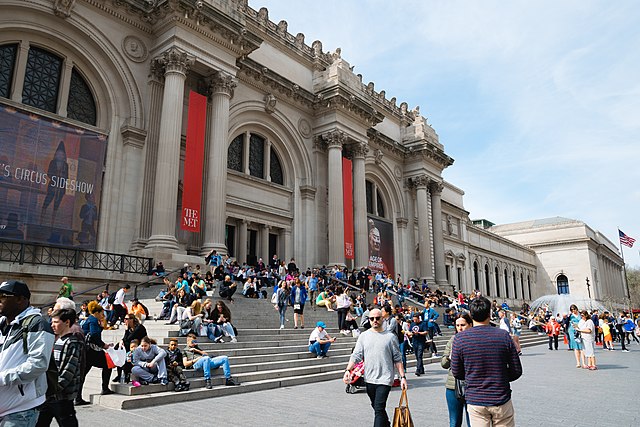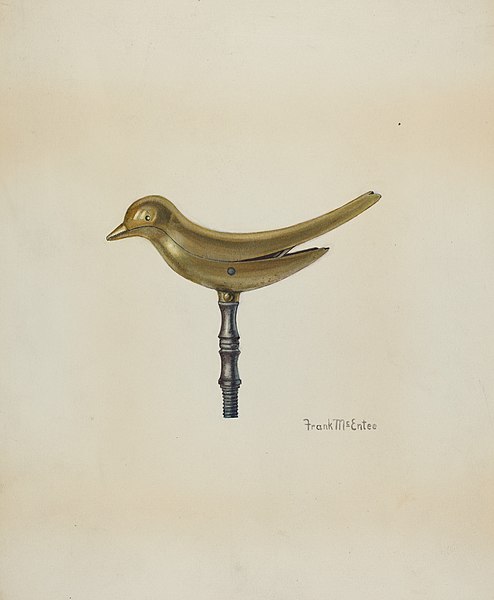Haute couture is the creation of exclusive custom-fitted high-end fashion design. The term haute couture is French, "haute" meaning "high" or "elegant," and "couture" translating to "sewing" or "dressmaking." The term haute couture generally refers to a specific type of upper garment common in Europe during the 16th to the 18th century, or to the upper portion of a modern dress to distinguish it from the skirt and sleeves. Beginning in the mid-nineteenth century, Paris became the centre of a growing industry that focused on making outfits from high-quality, expensive, often unusual fabric and sewn with extreme attention to detail and finished by the most experienced and capable of sewers—often using time-consuming, hand-executed techniques. Couture translates literally from French as "dressmaking", sewing, or needlework and is also used as a common abbreviation of haute couture and can often refer to the same thing in spirit.

Pierre Balmain adjusting a dress on model Ruth Ford in 1947 (photographed by Carl Van Vechten)
The annual Met Gala, held at the Metropolitan Museum of Art on the Upper East Side of Manhattan and organized by Vogue high-fashion magazine, hosts the largest haute couture fashion night annually.
Haute couture fashion models walk the runway during New York Fashion Week.
Chanel Haute Couture Fall-Winter 2011–2012 Fashion Show by Karl Lagerfeld
Sewing is the craft of fastening or attaching objects using stitches made with a sewing needle and thread. Sewing is one of the oldest of the textile arts, arising in the Paleolithic era. Before the invention of spinning yarn or weaving fabric, archaeologists believe Stone Age people across Europe and Asia sewed fur and leather clothing using bone, antler or ivory sewing-needles and "thread" made of various animal body parts including sinew, catgut, and veins.
Sewing Fisherman's Wife by Anna Ancher, 1890
Seated woman sewing a kimono, Utagawa Kuniyoshi, in the early 19th century. Different cultures have developed diverse sewing techniques, from methods of cutting fabric to types of stitches.
A sewing bird or sewing clamp provides a "third hand" to hold fabric taut. Watercolor by Frank McEntee, National Gallery of Art, Index of American Design.
Early 20th century sewing in Detroit, Michigan








